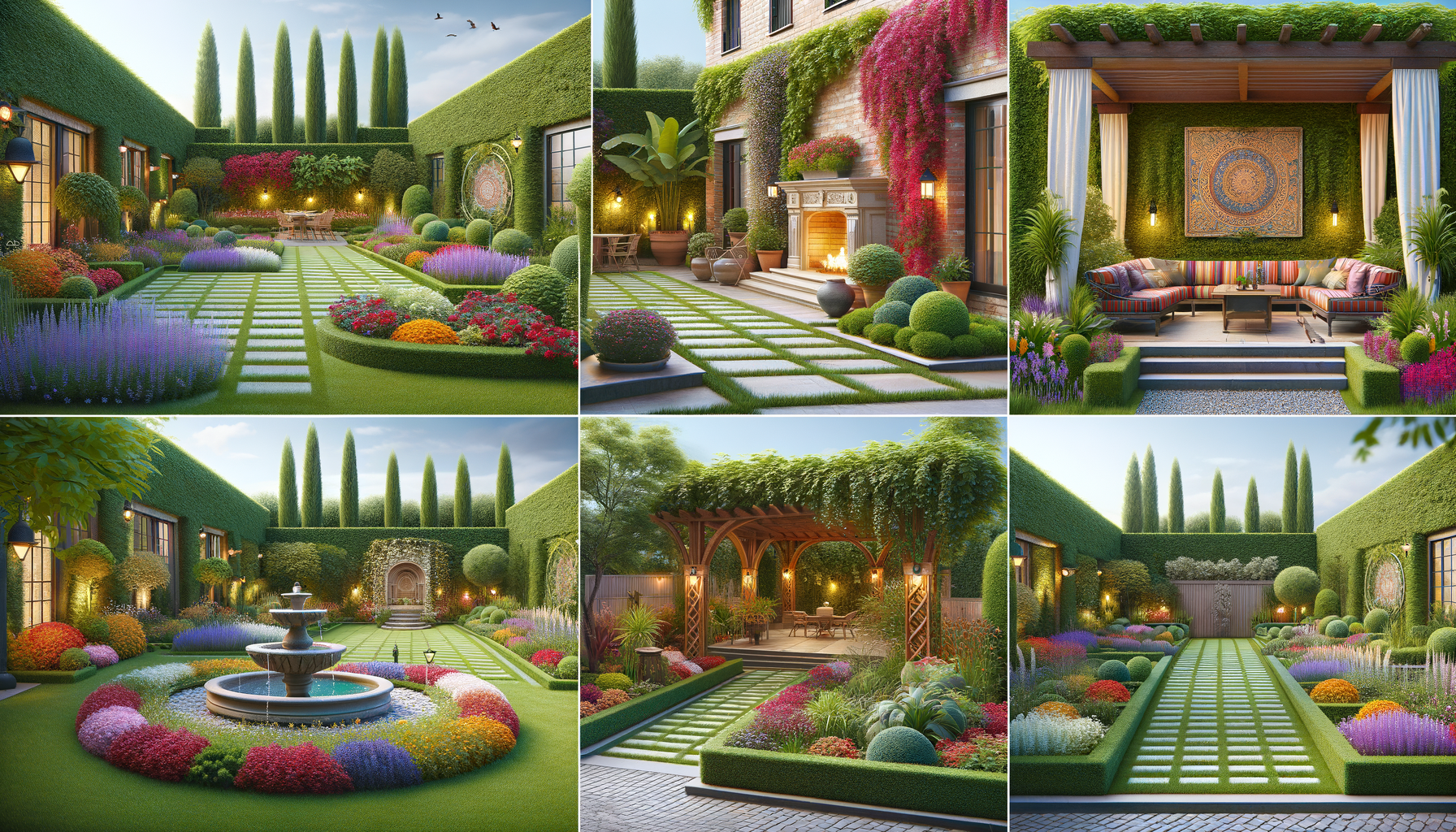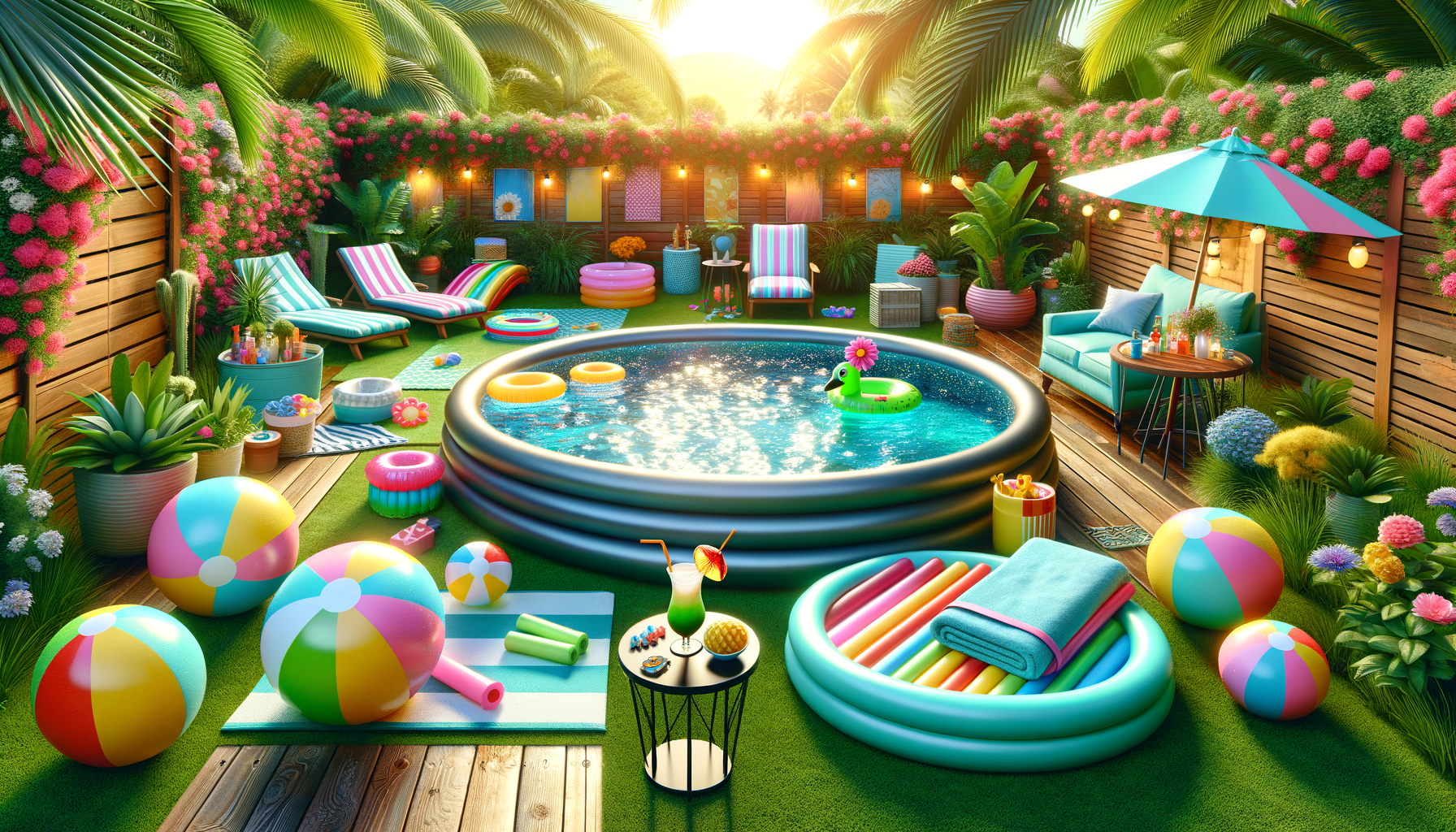Introduction to Yard Design
Yard design is an essential aspect of home improvement that balances aesthetics with functionality. It involves making deliberate choices to enhance your outdoor environment, creating a cohesive and inviting space. Whether you have a sprawling lawn or a compact urban garden, the principles of yard design can transform your space into a personal retreat. By considering elements like plants, seating, and pathways, you can organize your yard effectively, ensuring it meets both practical needs and visual appeal.
The Importance of Plant Selection
Choosing the right plants is a cornerstone of effective yard design. The selection process should consider climate, soil type, and maintenance requirements. Plants not only add beauty to your yard but also contribute to the ecosystem by attracting pollinators like bees and butterflies. When selecting plants, think about their growth habits and how they will fit into your overall design. Consider incorporating a mix of perennials and annuals to ensure year-round color and interest.
It’s also crucial to consider the environmental impact of your plant choices. Opt for native species that are adapted to your local climate and require less water and maintenance. This approach not only supports local wildlife but also reduces your yard’s environmental footprint.
Creating Functional Outdoor Spaces
A well-designed yard should offer spaces for relaxation, entertainment, and play. Start by assessing your needs and how you plan to use your outdoor area. Do you need a space for dining, a play area for children, or a quiet corner for reading? Once you have a clear vision, you can begin to allocate areas for different activities.
Consider incorporating elements like patios, decks, and pergolas to define spaces and provide shelter from the elements. Outdoor furniture should be both comfortable and durable, able to withstand the weather while offering a cozy place to unwind. Don’t forget to include adequate lighting to extend the usability of your yard into the evening hours.
Designing Pathways and Walkways
Pathways and walkways are essential components of yard design, guiding movement through the space and connecting different areas. They can be both functional and decorative, adding texture and interest to your yard. When designing pathways, consider the materials that best suit your style and budget. Options range from natural stone and gravel to concrete and brick.
The layout of your pathways should complement the overall design of your yard. Curved paths can create a sense of mystery and exploration, while straight paths offer a more formal and structured look. Make sure pathways are wide enough to accommodate foot traffic and are constructed with safety in mind, avoiding slippery surfaces.
Maintaining Your Yard Design
Once your yard design is complete, ongoing maintenance is crucial to keep it looking its best. Regular tasks include mowing the lawn, trimming hedges, and weeding flower beds. Seasonal tasks might involve planting new flowers, mulching, and pruning trees and shrubs.
Consider setting up a maintenance schedule to ensure all tasks are completed in a timely manner. This proactive approach will help prevent small issues from becoming larger problems and keep your yard looking vibrant and healthy throughout the year. Additionally, investing in quality tools and equipment can make maintenance tasks easier and more efficient.



Leave a Reply